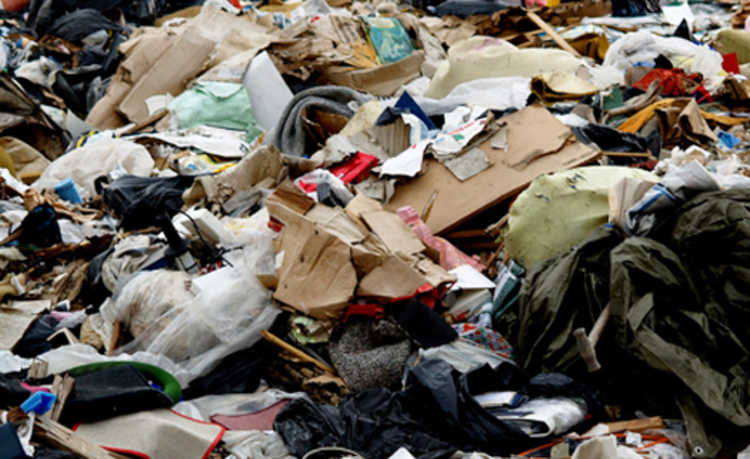With new materials, artificial photosynthesis is performed
New method would be very important for obtaining energy

You may have heard about the process by which plants and some other organisms transform sunlight into chemical energy. Thanks to photosynthesis, a process in which plants or algae release oxygen (O 2 ) and consume carbon dioxide (CO 2 ), life on Earth continues to exist. But what if we could artificially reproduce such a natural method of obtaining energy?
A group of researchers from the Institute of Chemistry (IQ) of the State University of Campinas (Unicamp) developed materials on a nanometric scale (billionth part of a meter) to try to carry out photosynthesis artificially, with the main purpose of producing energy.
“Based on the existing knowledge of the natural photosynthesis system carried out by plants, we are trying to reproduce the essential points for the photosynthetic function in artificial materials, for electricity or even fuel from solar energy”, said Jackson Dirceu Megiatto Júnior, professor from Unicamp's IQ, to FAPESP Agency.
The idea of artificial photosynthesis started at the beginning of the 20th century, but it was only considered possible a few years ago, with some scientific advances that allowed, in the laboratory, to use solar energy and water to generate hydrogen and oxygen gases, according to director Megiatto .
Of the innovations, perhaps the main one are the catalyst materials that accelerate reactions when activated by solar energy, breaking water molecules into hydrogen and oxygen.
Silicon solar panels have also been developed, opening up the prospect of connecting these photoactive materials to conventional fuel cells – electrochemical cells that convert chemical into electrical energy by combining hydrogen and oxygen gases to form water molecules again. According to Dirceu Megiatto, the challenge is to connect the materials to a fuel cell. “If we are able to use the hydrogen and oxygen produced by new materials in a fuel cell, it will be possible to generate water and electricity again and close the cycle of carrying out artificial photosynthesis,” he said.
However, there are some downsides to using silicon plate as a material for photosynthesis: high costs and difficult handling to achieve the desired purity.
Alternative to silicon
An alternative natural material to produce artificial photosynthesis was sought, as silicon solar panels were not viable at the time. Unicamp's IQ sought this alternative in nature itself. There is no better catalyst than chlorophyll, a pigment that, in addition to giving it a green color, is also used naturally by plants for photosynthesis. “These molecules are the way out of nature to be able to absorb solar energy. Their chemical synthesis process, however, is difficult and expensive”, commented Megiatto.
Therefore, an artificial chlorophyll was created, called porphyrin. It is easier to use and has a chemical stability that natural chlorophyll does not provide.
“These materials, when connected to catalysts, have shown to be very promising for the transformation of solar energy into chemical energy through the oxidation of water molecules, but, at the moment, they are only being studied in aqueous solution and not in a photosynthetic device real,” stated Megiatto.
Now the objective is to form a photoactive polymeric film with the generated molecules, in order to develop a solid material, and deposit them on metallic and semiconductor plates (electrodes), necessary for the functioning of a solar cell.
“The knowledge acquired in this project can also be applied in agricultural research to increase the yield of plants used for the production of biofuels”, concluded Megiatto.
Source: FAPESP Agency










